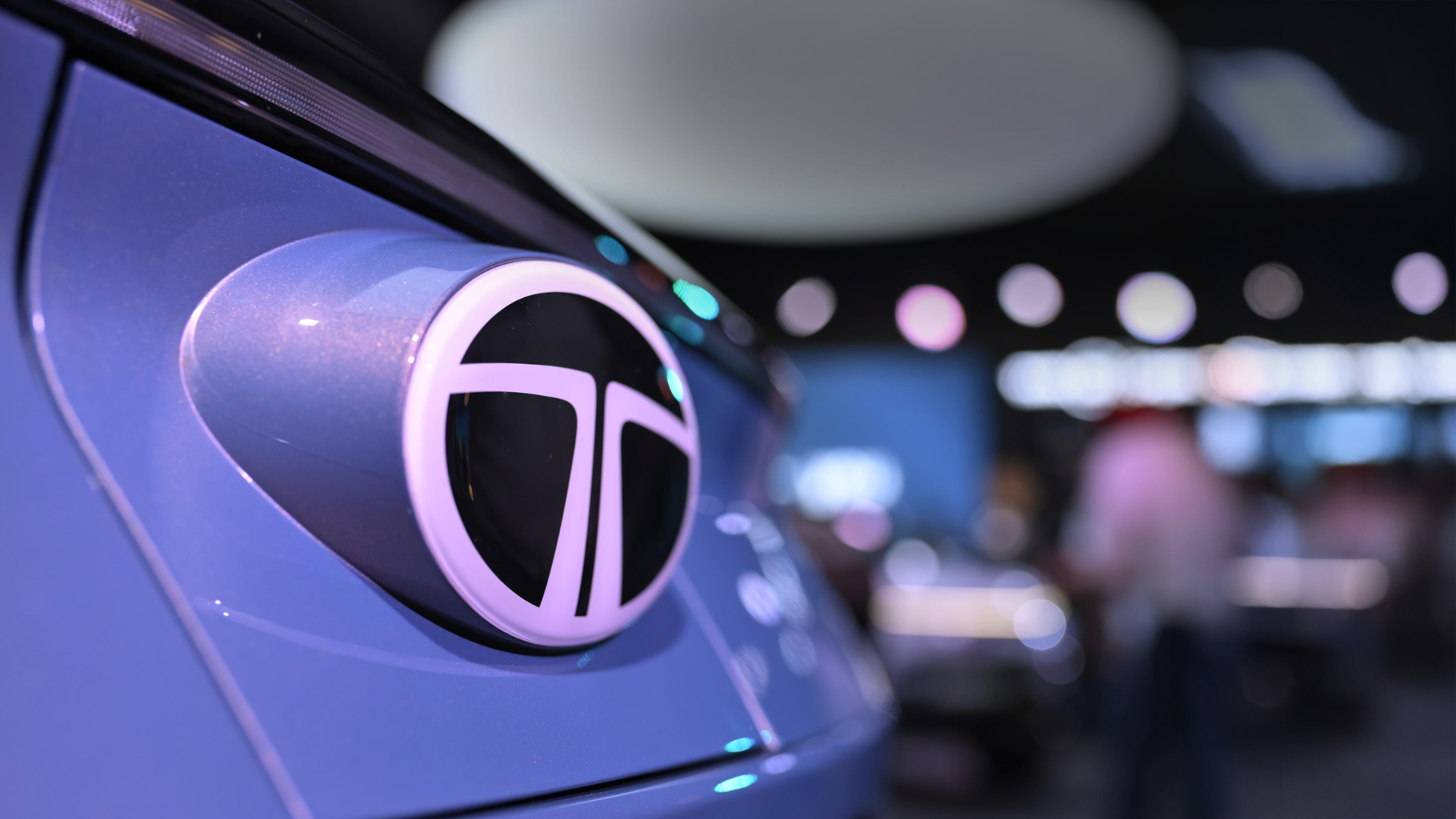
Tata Motors Q1 FY26 Profit Drops 63%, Brokerages Maintain Cautious Outlook
The consolidated revenue fell 2.45% year-on-year to ₹1.03 trillion and declined 12.72% quarter-on-quarter, mainly due to US trade tariffs causing volume drops and weaker demand.
Despite a sharp 63 per cent fall in consolidated net profit for the first quarter of FY26 on account of weaker sales volumes across segments and a significant decline in Jaguar Land Rover (JLR) earnings, Tata Motors’s shares climbed around 3% as of 1 pm on August 11 to ₹652.2 at the time of filing this report.
According to a report by Business Standard, for the quarter ended June 2025, the home-grown auto major posted a consolidated net profit of ₹4,003 crore, compared to ₹10,587 crore in the same period last year. Consecutively, profit plunged over 50 per cent from ₹8,556 crore stated in Q4 FY25.
The consolidated revenue fell 2.45% year-on-year to ₹1.03 trillion and declined 12.72% quarter-on-quarter, mainly due to US trade tariffs causing volume drops and weaker demand, along with lower earnings at JLR.
JLR Performance Hit by US Tariffs
Jaguar Land Rover, the UK-based luxury arm, delivered its 11th consecutive profitable quarter despite “challenging global economic conditions.” Revenue stood at £6.6 billion, down 9.2 per cent year-on-year, impacted by US tariffs and the planned phase-out of legacy Jaguar models. EBITDA margin fell 650 basis points to 9.3 per cent, while EBIT margin stood at 4.0 per cent, within its FY26 guidance range of 5–7 per cent. JLR’s profit before tax (PBT) declined 49.4 per cent year-on-year to £351 million, also hurt by foreign exchange headwinds. The automaker reported negative free cash flow of £758 million for the quarter, ending with a cash balance of £3.3 billion.
Management Outlook
PB Balaji, Group Chief Financial Officer of Tata Motors, acknowledged the difficult quarter but maintained optimism for the rest of the year. He said, “Despite stiff macro headwinds, the business delivered a profitable quarter, supported by strong fundamentals. As tariff clarity emerges and festive demand picks up, we are aiming to accelerate performance and rebuild momentum across the portfolio. Against the backdrop of the upcoming demerger in October 2025, our focus remains firmly on delivering a strong second-half performance.”
The recent sell-off was sparked by a 35% year-on-year drop in Q1 EBITDA to ₹97.2 billion, driven by a sharp 46% decline in Jaguar Land Rover’s (JLR) earnings. Nuvama Institutional Equities cut its target price to ₹610 (from ₹670) and maintained a Reduce rating, citing weak volumes, US tariffs, forex losses, and a 36% drop in India passenger vehicle EBITDA due to lower sales, higher discounts, and a model transition. The brokerage now forecasts only 4% EBITDA CAGR over FY25–28E, flagging headwinds such as JLR model discontinuations, market share losses in China, tariff uncertainty, and competition in commercial vehicles.
Motilal Oswal has kept a Neutral stance with a target price of ₹631, highlighting risks from tariff-led demand pressures for JLR in the US, soft European and Chinese sales, and cost inflation from warranties and emissions compliance. It noted that Tata Motors has withheld FY26 guidance amid these uncertainties. Domestic CV growth is expected in low single digits for Q2, with the festive season key to any PV recovery.
Nomura also remains Neutral, trimming its target to ₹704 from ₹799. It lowered valuation multiples for CV, PV, and JLR businesses, citing weaker margins and cash outflows for the Iveco acquisition. While calling the stock’s 4.6x FY27F EV/EBITDA multiple “undemanding but fair,” it pointed to tariff risks and muted sentiment as downside triggers, with potential upside from a JLR demand rebound and successful PV launches like the Sierra.
With global macro headwinds weighing on JLR and domestic demand yet to pick up meaningfully, brokerages appear aligned in seeing limited near-term catalysts for a sustained Tata Motors rally.
